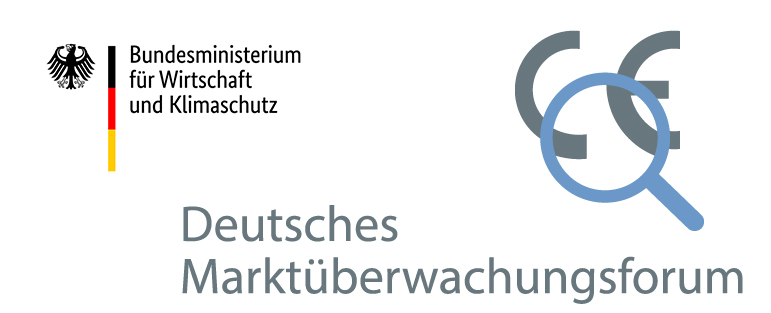Monitoring Report 2025: competition remains anchor of stability for energy markets
Year of issue 2025
Date of issue 2025.11.26
The Bundeskartellamt and the Bundesnetzagentur have today published their joint Monitoring Report 2025 on developments in the German electricity and gas markets. The data analyses in this year’s report, which is the twentieth of its kind, primarily relate to 2024 but also reflect relevant developments in 2025. Since their introduction under the 2005 revision of the Energy Industry Act (EnWG), the monitoring reports have created reliable market transparency and provided significant impetus for competition, liberalisation and security of supply.
"The unbundling of generation, networks and distribution has proven to be a success story from the point of view of competition,"
said Andreas Mundt, President of the Bundeskartellamt. "The variety of offers now available on the electricity and gas distribution markets goes well beyond our original expectations."
When the markets were first liberalised, most customers only had a choice of one supplier; in 2024 households could choose from as many as 139 electricity and 108 gas providers. No single provider has had a dominant position in these markets for over a decade now.
Supplier switching rates reached new record levels in 2024. "The figures show that consumers have more options than ever before to find the right tariffs that suit them,"
said Klaus Müller, President of the Bundesnetzagentur. Despite the challenges posed by the energy crisis in 2022 and 2023, the market proved to be resilient and stabilised in 2024. This is reflected among other things in the decline in the proportion of electricity and gas customers with default supply contracts, which in 2024 again followed the long-term trend. The proportion of customers on default contracts was at around just 22% in the electricity sector and as low as around 16% in the gas sector.
High level of willingness to switch and slight decreases in energy prices
Confidence in functioning market mechanisms is again reflected in the figures for supplier switching. In 2024 about 7.1mn electricity customers switched supplier – a rise of 18% and a new all-time high. The supplier switching rate was about 14%, and another 3.3mn customers switched tariff with their existing supplier. The number of gas customers switching supplier also reached a record high of about 2.3mn, compared with 1.8mn the previous year. The switching rate was about 17%; an additional 1.2mn gas customers took the initiative to switch tariff with their supplier.
There was a certain ease in prices by spring 2025. Household customers paid an average of 40.1 ct/kWh for electricity and 12.13 ct/kWh for gas, representing a year-on-year drop of about 4% and 3% respectively. Since the introduction in 2025 of the requirement for electricity suppliers to offer at least one dynamic tariff, the importance of flexible, consumer-friendly products has grown further.
Prices for industrial and commercial customers fell as well. Electricity prices were about 6% lower than the average contract price a year earlier, while the downward trend in gas prices also continued.
The price decreases are mainly due to considerably lower wholesale prices and a high degree of market liquidity. The Bundesnetzagentur and the Bundeskartellamt investigated the price peaks during “dunkelflaute” periods, which were sometimes very high. No evidence of abusive behaviour was found.
Changes in electricity generation
In addition to developments in the markets, the report also shows the fundamental changes in the electricity generation landscape, which is increasingly characterised by renewable energy. "The energy transition has made clear progress. In 2024, 54% of gross electricity consumption was covered by renewables – a huge increase on 2005,"
said Klaus Müller.
Since 2005 there has been a clear shift in the energy mix away from fossil and nuclear power and towards renewable sources. In 2024 the production of electricity using lignite fell by 9% and production using hard coal by 30% – due to power plant closures, further expansion in renewables and low wholesale gas prices. There were significant increases in generation from solar (+18.6%), hydropower (+13.3%) and offshore wind (+9.4%), while comparatively low levels of wind in autumn 2024 resulted in a decrease of 3.3% in offshore wind generation.
Market concentration
The combined market share of the five largest companies in conventional electricity generation is 55%. RWE remains the market leader. "This does not, however, reflect the growth in companies’ market power as a result of power plant closures. The considerable reduction in the conventional capacity available on the market – above all because of the return to the original coal phaseout plan – has led to a noticeable increase in market power in particular among the largest producers,"
said Andreas Mundt. "Given a decrease in the amount of capacity overall, the remaining plants are more frequently becoming indispensable in terms of meeting demand."
The gas market has also changed fundamentally since the first monitoring report was published. Following the end to Russian piped imports, Germany now acts as an important European import hub, with a greater focus on LNG and deliveries from northern Europe. In contrast to the distribution market, the level of market concentration among gas storage facilities is still very high.
The latest report and additional information are available at www.bundesnetzagentur.de/monitoringberichte (in German).



